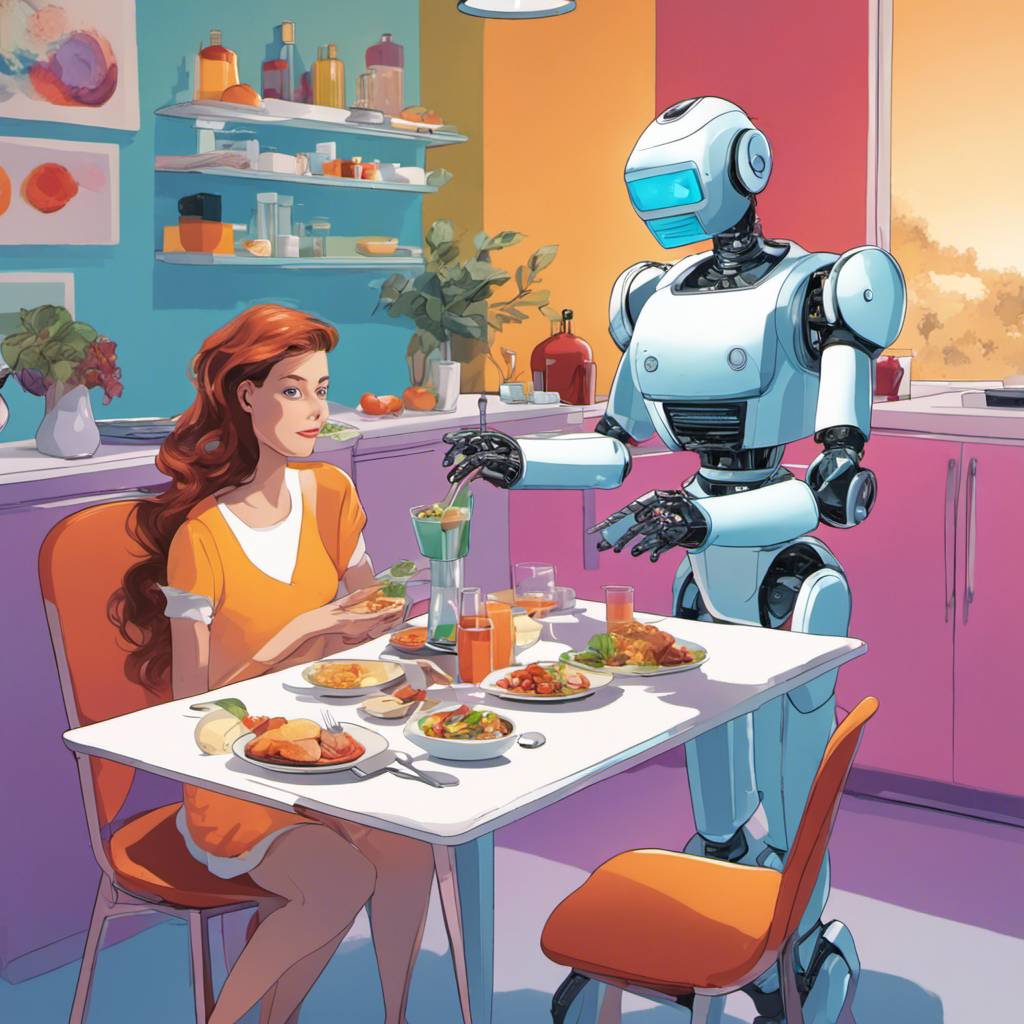In the realm of robotics, emotions run high and expectations often border on the fantastical. The silver screen has given us a range of robotic characters, from the disruptive artificial agent in the 1927 classic, Metropolis, to the sentient and benevolent automaton in 2014’s Interstellar. This has fueled a whirlwind of speculation around autonomous vehicles, industrial androids, and more. Amidst this, it becomes crucial to present a balanced and understandable overview of the ambitions, methods, and limitations of robotics research.
Ruth Aylett and Patricia A Vargas, in their book “Living with Robots,” delve into the 2,500-year journey of robotics. They trace its origins from the realms of mythology and fiction to its manifestation in early engineering, particularly through complex clockwork automata. The authors unravel critical ideas, debates, and hurdles in robot engineering in a clear, jargon-free manner. The book touches upon various aspects such as robot sensing, movement, learning, problem-solving, collaboration, emotional recognition, ethics, and artificial intelligence.
Contrary to the fears of an impending android apocalypse, Aylett and Vargas debunk media myths and provide a reality check. They emphasize that we are a long way from robots recognizing emotions or manipulating objects in a generalized manner. Furthermore, they point out that our current understanding of programming languages and coding does not allow us to create robots with artificial general intelligence. The inherent complexity of human behavior and the dynamic intricacies of our nervous system are far beyond the reach of existing technology.
However, this does not undermine the value of robotics research. The authors highlight significant advancements in robot-assisted search and rescue missions, industrial “cobots” for repetitive heavy lifting tasks, and robotic mobility aids for individuals with severe disabilities. They also underscore how robotics has contributed to our understanding of cognition, physiology, social cooperation, and neuroscience.
“Living with Robots” is commendable for its clarity and accessibility. However, the book’s focus on the immediate future may lead to overly optimistic reassurances. Yoshua Bengio, a Turing Award winner, has expressed concern over the rapid progress and trajectory of intelligent systems research and called for international regulation of lethal autonomous weapons.
The future of robotics is not solely dependent on the goals of researchers but is also shaped by the social, economic, and political contexts in which their work is conducted. Aylett and Vargas advocate for a cooperative effort between citizens and scientists to ensure that robotics technology is beneficial and liberating.
In conclusion, robotics is a multifaceted field with tremendous potential to revolutionize various aspects of our lives. From electronics to computers, the impact of robotics is far-reaching. However, it is essential to temper our expectations with a realistic understanding of the current state of robotics research and its limitations. As we continue to explore the fascinating world of robotics, it is crucial to foster public collaboration and ensure that advancements in this field are guided by ethical considerations and aimed at enhancing our lives.
